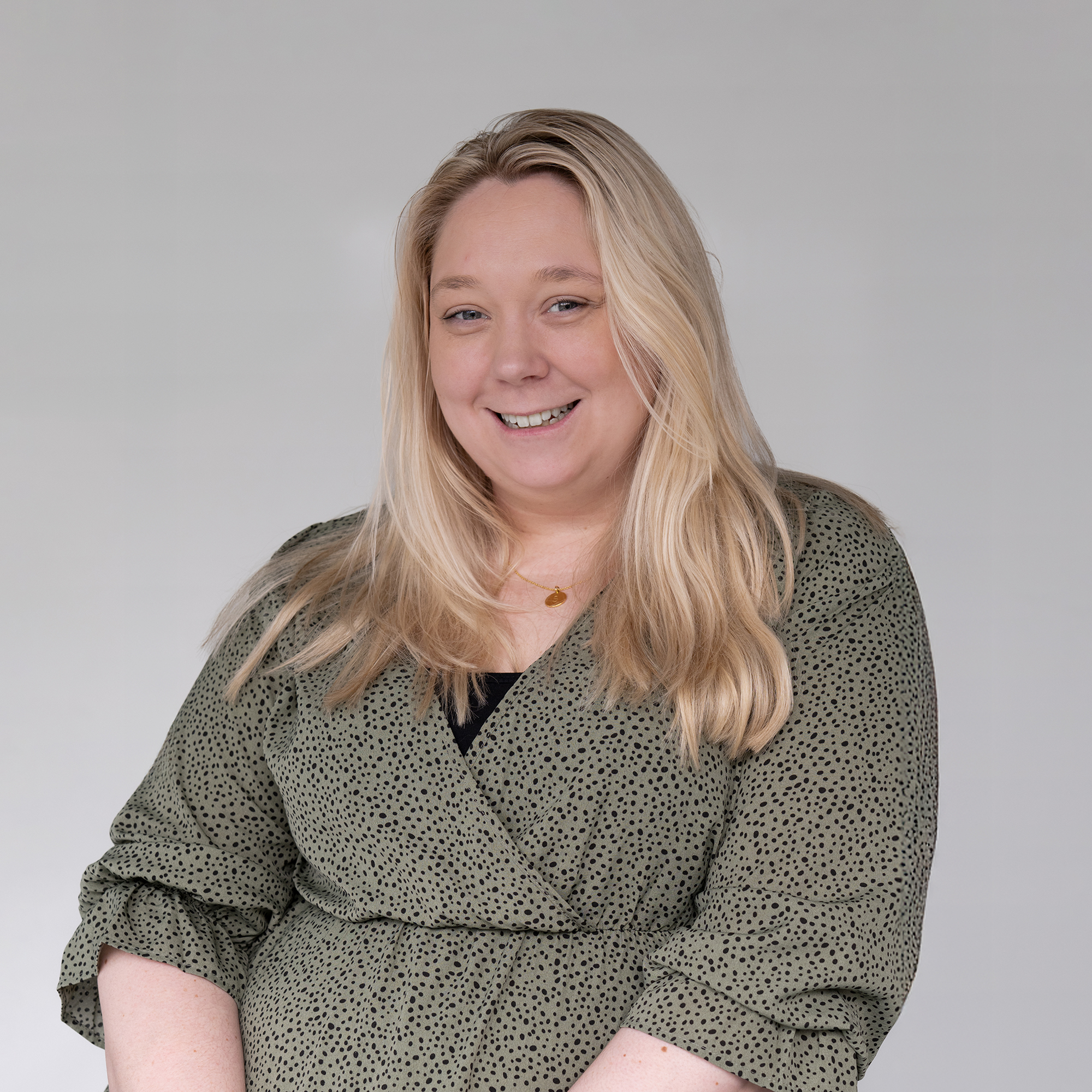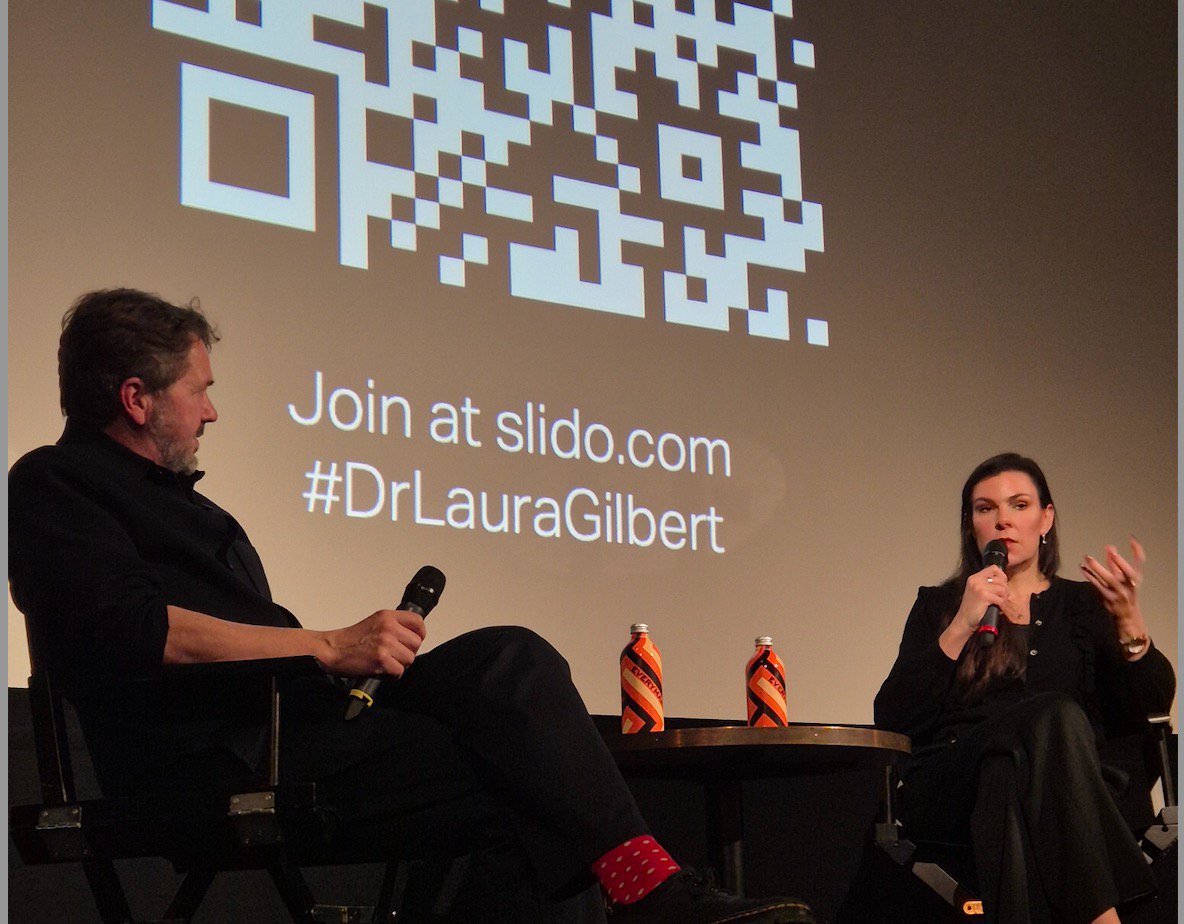With the Team Events: Accessibility in Design with Gareth Ford Williams

In our most recent ‘Talks With the Team’ webinar, we were joined by Gareth Ford Williams – a leading consultant in accessible design and branding.
Gareth asked us to keep in mind that ‘disability is an outcome of environments not being designed with inclusivity in mind.’
This highlighted the impact accessibility in good design can have on people’s everyday lives. In the words of Team director Cliff Ettridge,
Gareth reminded me to design for people not for organisations, for experiences and not for messages.
Gareth’s talk was equal parts grounding and inspiring, using humour to engage. It called out why we do what we do. It asked us to think human-first.
The importance of accessibility in design:
First, it’s important to explore why Gareth’s webinar was so integral for positive change.
Stats show that only 3% of the internet is actually fully accessible and with 1.3 billion people affected by varying disabilities globally, brands can’t afford to be part of this 97% anymore. Moreover, studies show that accessibility can be built into all decisions made by designers. A whopping 86% of home pages have been designed with low contrast text and 61% of images have no alt text descriptions.
This makes the design difficult to access and alienates a huge group of people.
Gareth opened with the example of a banana holder, brilliantly designed but completely useless because all bananas are shaped differently. A classic design fumble that reflects on the importance of universally inclusive design. Like bananas humans are all different. We must cater to this within our design work as it’s the best way to bring brands into the future.
Guidance should help not hinder:
Accessibility guidelines should be adhered to, but they shouldn’t be seen as a prison to trap creativity.
Throughout the talk, Gareth highlighted the importance of guidelines but iterated that guidelines should help not hinder in the creative process. In his own words “guidelines should be about what we can do and not what we can’t”.
Web Content Accessibility Guidelines (WCAG) 2.2 is built around four principles: Perceivable, Operable, Understandable, and Robust—the foundation of accessible digital content. These principles are divided into 13 actionable guidelines, each supported by testable success criteria designed to measure accessibility. Whilst emphasising how useful the WCAG is for designers, the most compelling thing about this part of the webinar was that Gareth kept the focus on using equivalency, a point that hit home with Director, Sally Tarbit, she stated
I really liked Gareth’s last thought around equivalence – the idea that people have an equivalent experience, no matter their impairment or needs.
I thought it was a lovely, memorable way to frame equality and accessibility. And I could see it really stretching creative thinking if it was a core part of briefs.

Use your imagination to reach audiences
Moving on in the webinar, Gareth made sure to use plenty of examples to really drive home his points. By utilising a recent campaign by Bailey’s named “delicious descriptions” wherein they used minimal imagery and highlighted the alt text features on Instagram.

This example perfectly highlights how pushing accessibility to the forefront of a campaign can appeal to different audiences.
This use of imaginative examples reminded us, as an audience, that creativity is truly at the heart of what makes good, accessible design.
Brand is an emotional experience. Find the mix between emotional experience and practical design.
Ultimately, Gareth encouraged us to find the mix between functionality and emotions. Brand experience is emotional, and audiences are primarily motivated by emotion. This can be enhanced by accessibility and attention to detail.
If anything, it can be argued that by thinking about functionality and widening the audience, we would create a stronger emotional connection with more people.
Gareth did this with us as an audience too. Whilst explaining guidelines, he related his own personal experiences. Marketing manager Sophie Creedon was particularly struck by Gareth’s openness and willingness to balance the emotional with the functional, stating
I was more engaged because he opened up about his own ‘struggles’ with ADHD and dyslexia.
Showcasing to us that bringing different needs into the conversation makes it more layered and can help define good work.

Summary
In conclusion, Gareth Ford Williams’ webinar wasn’t just a lesson in accessibility—it encouraged designers to embrace a human-first attitude. By focusing on inclusivity and creativity, Gareth reminded us that great design isn’t just about ticking boxes; it’s about formulating experiences that work for everyone. His insights left us inspired to push boundaries, push past limitations, and create designs that are as diverse as the people they serve. At its heart, this talk reinforced why we do what we do.




